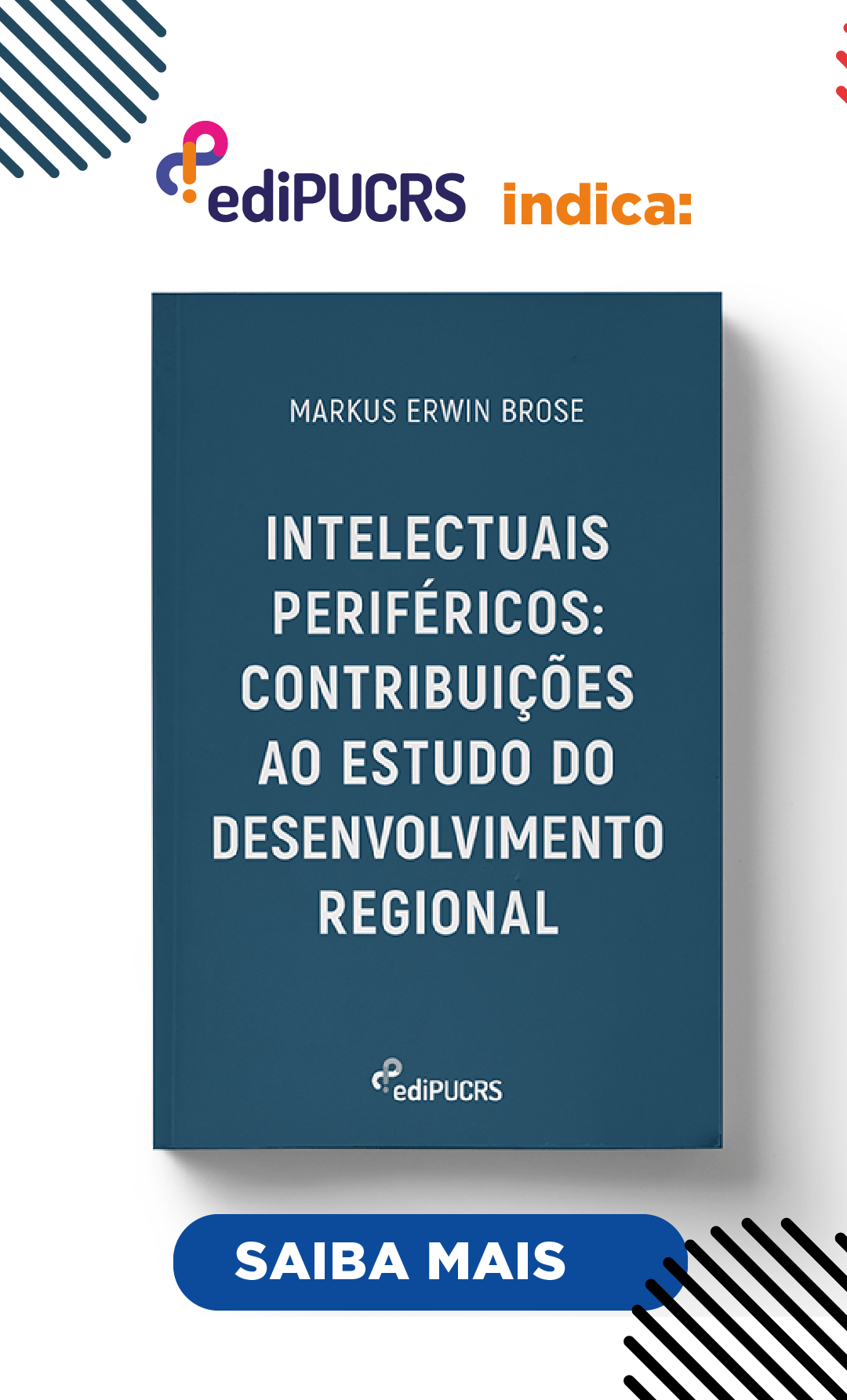Narrating – showing – seeing: How to analyze a family photo album in connection with a narrative interview
DOI:
https://doi.org/10.15448/1984-7289.2014.2.17866Keywords:
Narrative interview. Picture. Photo album.Abstract
Family photo albums are places where memories are created and fixed (Chalfen, 1987). They consist mainly of photographs and other kind of visual material (postcards, tickets, etc.), as well as more or less extensive captions and comments. Traditionally, the pictures are organized in a booklet, that is in a sequential order which implicitly is based on a pictorial as well as narrative structure of presenting and creating a ‘family frame’ (Hirsch, 1997/2002). How a specific image of ‘family’ emerges, grounded in experience and conventions, when creating and looking at a family photo album? Focusing on this general question, in this article the analysis of a family album is presented. Hereby the methodical way of interpreting a pictorial self-presentation will be made visible. The results of this analysis are combined and contextualized by a biographic-narrative interview.Downloads
References
BARTHES, Roland. Camera lucida. New York: Hill and Wang, 1981.
BAXANDALL, Michael. The language of art criticism. In: Salim Kemal; Ivan Gaskell (Orgs.). The language of art history. Cambridge: Cambridge University Press, 1991. p. 67-75.
BOEHM, Gottfried. Wie Bilder Sinn erzeugen: Die Macht des Zeigens. Berlin: University Press, 2007.
BRECKNER, Roswitha. Sozialtheorie des Bildes: Zur interpretativen Analyse von Bildern und Fotografien. Bielelfeld, 2010. (mimeo).
BRECKNER, Roswitha.. Bildwahrnehmung – Bildinterpretation: Segmentanalyse als methodischer Zugang zur Erschließung bildlichen Sinns. Österreichische Zeitschrift für Soziologie, v. 2, n. 12, p. 143-164, 2012.
BRECKNER, Roswitha; RUPP, Susanne. Discovering biographies in changing social worlds: the biographical-interpretive method. In: Prue Chamberlayne; Mike Rustin; Tom Wengraf (Orgs.). Biography and social exclusion in Europe: experiences and life journeys. Bristol: Policy Press, 2002. p. 289-308.
CHALFEN, Richard. Snapshot versions of life. Bowling Green: State University Popular Press, 1987.
FISCHER-ROSENTHAL, Wolfram. Zur subjektiven Aneignung von Gesellschaft. In: U. Flick; E. Kardorff; H. Keupp; L. V. Rosenstiel; S. Wolff (Orgs.). Handbuch qualitative Sozialforschung. München: PVU, 1991. p. 78-89.
HIRSCH, Marianne. Family frames: photography, narrative, and postmemory. Cambridge: Harvard University Press, 1997[2002].
IMDAHL, Max. Ikonik, Bilder und ihre Anschauung. In: Gottfried Boehm (Org.). Was ist ein Bild? München: Wilhelm Fink Verlag, 1994. p. 300-324.
IMDAHL, Max. Giotto: Arenafresken – Ikonographie, Ikonologie, Ikonik. München: Fink, 1980.
LANGER, Susanne K. Philosophy in a new key: a study in the symbolism of reason, rite, and art. Cambridge: Harvard University Press, 1942[1996].
MITCHELL, William J. T. Picture theory: essays on verbal and visual representation. Chicago: University of Chicago Press, 1994.
OEVERMANN, Ulrich; ALLERT, Tilman; KONAU, Elisabeth. Zur Methodologie einer objektiven Hermeneutik und ihre allgemeine forschungslogische Bedeutung in den Sozialwissenschaften: Interpretative Verfahren in den Sozialwissenschaften. In: Hans-Georg Soeffner (Org.). Interpretative Verfahren in den Sozial- und Textwissenschaften. Stuttgart, 1979. p. 352-434.
OEVERMANN, Ulrich et al. Structures of meaning and objective hermeneutics. In: V. Meja; D. Misgeld; N. Stehr (Orgs.). Modern German sociology. New York: Columbia University Press, 1987.
ROSE, Gillian. ‘The good eye’: looking at pictures using compositional interpretation. Visual methodologies. London: Sage, 2007.
ROSENTHAL, Gabriele. Erlebte und erzählte Lebensgeschichte: Gestalt und Struktur biographischer Selbstbeschreibungen. Frankfurt am Main: Campus, 1995.
ROSENTHAL, Gabriele. Biographical research. In: C. Seale et al. (Orgs.). Qualitative research practice. London: Sage, 2004. p. 48-64.
ROSENTHAL, Gabriele. Reconstruction of life stories: principles of selection in generating stories for narrative biographical interviews. Narrative Study of Lives,
v. 1, p. 59-91, 1993.
SCHÜTZE, Fritz. Pressure and guilt: the experience of a young German soldier in World War II and its biographical implication. International Sociology, v. 7, p. 187-208, 347-467, 1992.
SCHÜTZE, Fritz. Biography analysis on the empirical base of autobiographical narratives: how to analyse autobiographical narrative interviews – Part I + II. Invite – Biographical counseling in rehabilitative vocational training – further education curriculum. 2007.
SCHÜTZE, Fritz; RIEMANN, Gerhard. Trajectory as a basic theoretical concept for analyzing suffering and disorderly social processes. In: David R. Maines (Org.). Social organization and social processes. Hawthorne: Aldine, 1990. p. 333-357.
VÖLTER, Bettina; DAUSIEN, Bettina; LUTZ, Helma et al. Biographieforschung im Diskurs. Wiesbaden: VS Verlag, 2005.
Downloads
Published
How to Cite
Issue
Section
License
Copyright (c) 2016 Civitas – Journal of Social Sciences

This work is licensed under a Creative Commons Attribution-NonCommercial-NoDerivatives 4.0 International License.
The submission of originals to this journal implies the transfer by the authors of the right for printed and digital publication. Authors retain copyright and grant the journal right of first publication. If the authors wish to include the same data into another publication, they must cite this journal as the site of original publication. As the journal is of open access, the articles are allowed for free use in scientific and educational applications, with citation of the source (please see the Creative Commons License at the bottom of this page).




